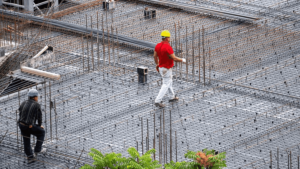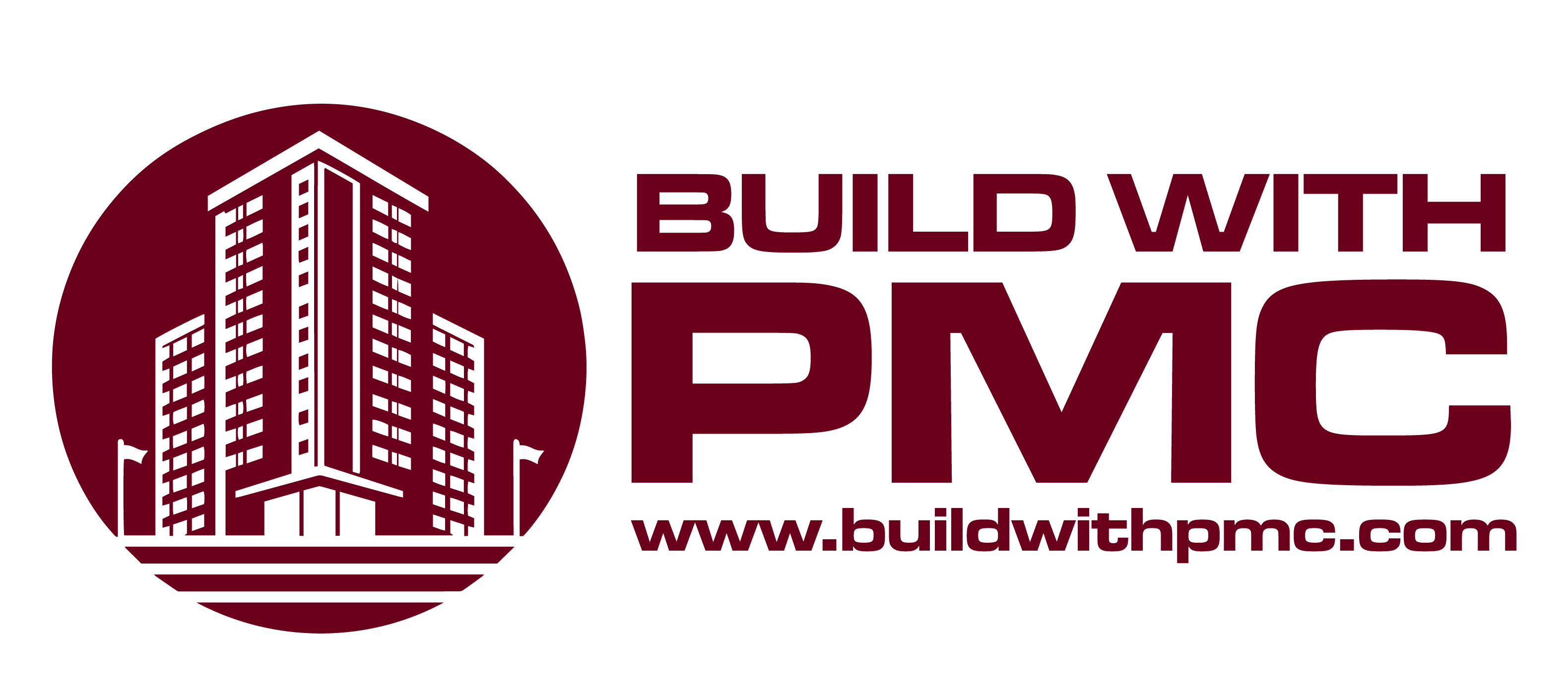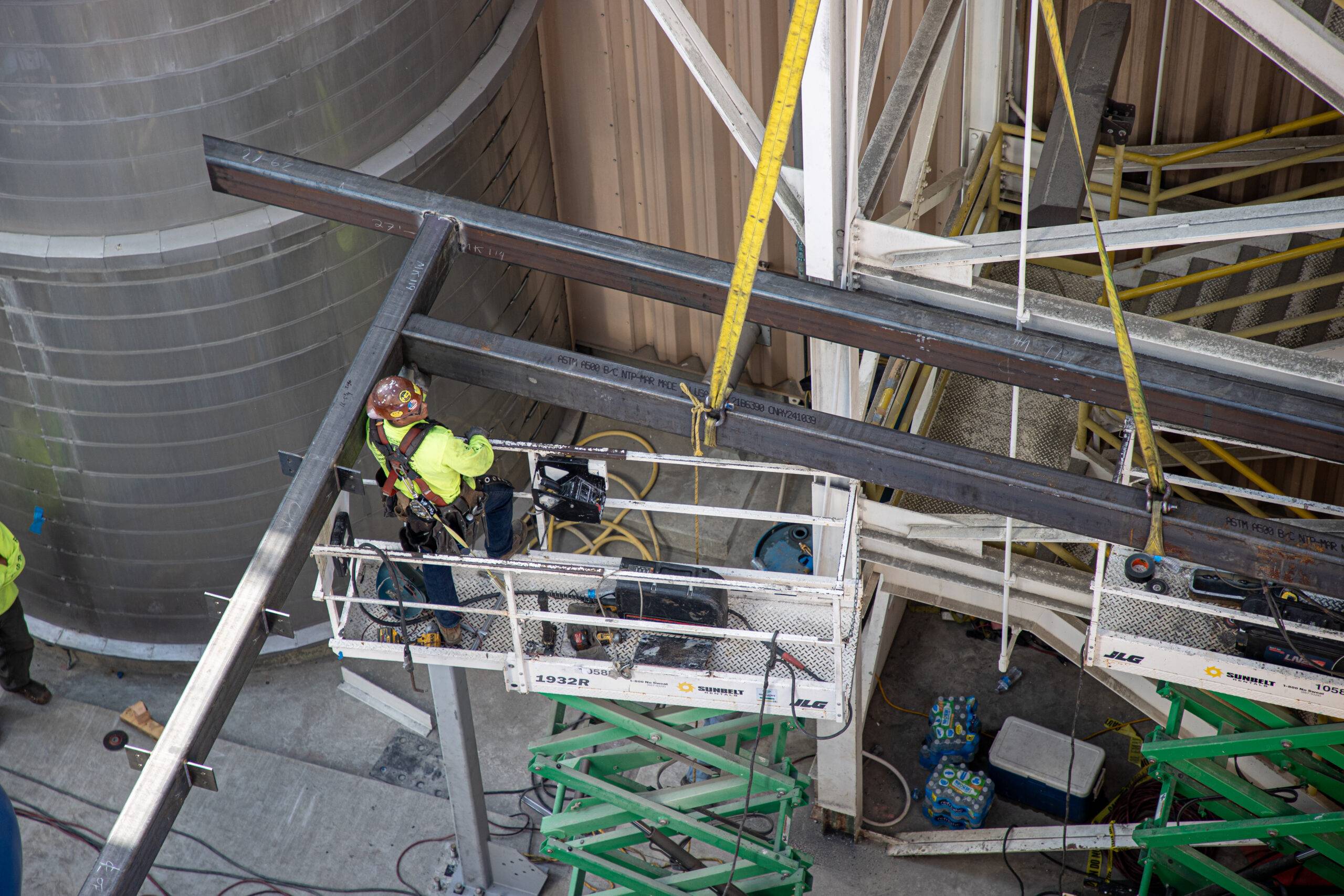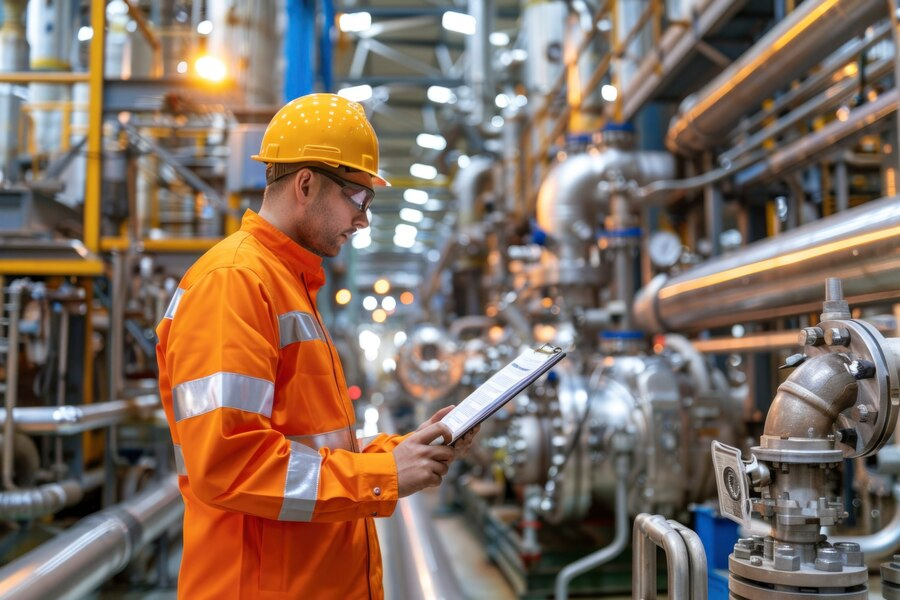In the realm of construction, the choice of materials can significantly impact a project’s success, durability, and overall efficiency. Among the myriad options available, structural steel stands out as a formidable contender. With its remarkable strength, versatility, and sustainability, structural steel has become a cornerstone in modern construction practices. In this blog post, we’ll delve into the numerous benefits of utilizing structural steel in construction projects. From its unparalleled strength-to-weight ratio to its eco-friendly qualities, structural steel offers a plethora of advantages that contribute to both the structural integrity and environmental consciousness of a build. Whether it’s skyscrapers reaching for the clouds or intricate bridges spanning vast distances, structural steel plays a pivotal role in shaping the landscapes of our cities and the infrastructure that supports our daily lives. Join us as we explore why structural steel continues to be the material of choice for architects, engineers, and builders alike.
Efficiency Redefined: How Structural Steel Speeds Up Construction
In the fast-paced world of construction, time is of the essence. Every day lost to delays can mean increased costs and missed deadlines. That’s where structural steel steps in as a game-changer. Its unparalleled strength, flexibility, and efficiency make it the go-to choice for projects aiming to accelerate timelines without compromising quality. In this blog post, we’ll explore how structural steel redefines efficiency in construction, revolutionizing the way buildings are built.

Speedy Erection
One of the primary ways structural steel speeds up construction is through its rapid erection process. Unlike traditional building materials, which often require extensive curing times, structural steel components can be fabricated off-site and quickly assembled on-site. This prefabrication approach minimizes construction time, allowing projects to progress at an accelerated pace from foundation to completion.
Streamlined Construction Processes
Structural steel’s compatibility with modern construction techniques streamlines the entire building process. Its standardized dimensions and precise manufacturing enable seamless integration with other building systems, such as mechanical, electrical, and plumbing. This coordination reduces conflicts and rework, further optimizing construction schedules and minimizing downtime.
Just-in-Time Delivery
The modular nature of structural steel allows for just-in-time delivery of materials to the construction site. By supplying components precisely when needed, builders can minimize on-site storage requirements and mitigate the risk of material damage or theft. This lean approach to material management maximizes efficiency and keeps construction progress on track.
Flexible Design Adaptations
In addition to its speed of construction, structural steel offers unparalleled flexibility in design adaptations. Changes and modifications can be implemented with relative ease, thanks to its inherent strength and modularity. Whether it’s altering building layouts or accommodating late-stage design revisions, structural steel empowers builders to adapt quickly without significant schedule disruptions.
Reduced Labor Requirements
The efficiency gains of structural steel extend beyond construction timelines to labor requirements. With its lightweight yet robust characteristics, structural steel requires fewer workers for handling and installation compared to bulkier materials like concrete. This reduction in labor not only accelerates construction but also contributes to overall project cost savings.
Safety First: Ensuring Structural Integrity with Steel
Safety is paramount in construction, and structural steel plays a crucial role in ensuring the integrity and stability of buildings and infrastructure. In this blog post, we’ll explore how steel’s inherent properties and modern construction techniques prioritize safety on the job site, providing peace of mind to builders and occupants alike.
- Robust Structural Integrity: Structural steel boasts unparalleled strength and durability, providing a solid foundation for safe and secure buildings. Its inherent resilience to forces such as wind, earthquakes, and heavy loads ensures structural stability, minimizing the risk of collapse or failure even under extreme conditions.
- Fire Resistance: Unlike other building materials, structural steel is inherently fire-resistant, offering crucial protection in the event of a blaze. Its high melting point and slow heat transfer properties prevent the rapid spread of flames, giving occupants valuable time to evacuate safely and reducing property damage.
- Seismic Resilience: In earthquake-prone regions, structural steel’s ductile properties make it an ideal choice for seismic-resistant construction. Its ability to flex and absorb energy during seismic events helps mitigate structural damage and minimize the risk of catastrophic failure, safeguarding lives and property.
- Quality Assurance: Steel fabrication processes adhere to rigorous quality control standards, ensuring consistency and reliability in every component. From material testing to weld inspections, stringent quality assurance measures guarantee that structural steel meets or exceeds regulatory requirements, providing peace of mind to builders and regulators alike.
The Future of Construction: Innovations in Structural Steel
As technology advances and sustainability becomes paramount, the construction industry is undergoing a transformative evolution. At the forefront of this revolution is structural steel, a material with a rich history yet boundless potential for innovation. In this blog post, we’ll embark on a journey into the future of construction, exploring cutting-edge innovations in structural steel that promise to redefine how we build, from skyscrapers to infrastructure projects.
Advanced Alloys
The future of structural steel lies in the development of advanced alloys engineered for enhanced performance. These alloys offer superior strength, durability, and corrosion resistance compared to traditional steel grades, opening new possibilities for designing lighter, more resilient structures. By pushing the boundaries of material science, engineers can unlock unprecedented levels of efficiency and sustainability in construction.
High-Performance Coatings
Innovations in protective coatings are revolutionizing the durability and longevity of structural steel components. Advanced coatings, such as nanotechnology-based solutions, provide superior corrosion protection while minimizing environmental impact. By extending the service life of steel structures, these coatings reduce maintenance requirements and lifecycle costs, making them indispensable for sustainable construction practices.
3D Printing
The emergence of 3D printing technology is poised to revolutionize how structural steel components are fabricated. Additive manufacturing techniques enable the rapid production of complex geometries with unparalleled precision, allowing architects and engineers to realize their boldest design visions. With 3D printing, customization is no longer a limitation, opening the door to a new era of bespoke, high-performance structures.
Sustainable Fabrication
As sustainability becomes a central focus in construction, innovations in steel fabrication processes are driving significant environmental benefits. From energy-efficient production methods to recycled steel sources, manufacturers are embracing sustainable practices to reduce carbon footprints and minimize waste. By prioritizing eco-friendly fabrication techniques, the steel industry is paving the way for greener, more sustainable construction practices.
Integrated Digital Design
The future of structural steel lies in integrated digital design tools that streamline the entire construction process. Building Information Modeling (BIM) software allows architects, engineers, and contractors to collaborate seamlessly, optimizing design efficiency and reducing errors. By integrating structural steel detailing into the digital design workflow, stakeholders can visualize, analyze, and optimize building structures with unprecedented accuracy and precision.
Conclusion
The benefits of utilizing structural steel in construction are abundantly clear. Not only does it offer exceptional strength and durability, but it also provides versatility, sustainability, and cost-effectiveness. From its ability to withstand harsh environmental conditions to its ease of customization, structural steel emerges as a top choice for modern construction projects. Its inherent qualities streamline the construction process, ensuring efficiency and longevity for any build. With structural steel, the possibilities are endless, paving the way for innovative and resilient architectural marvels.
For more information on how structural steel can elevate your construction project, feel free to contact us at PMC INC. Located in Southern California, our team of experts is ready to provide tailored solutions to meet your unique needs. Reach out to us at 562-905-3101, and let’s embark on a journey towards building excellence together.




